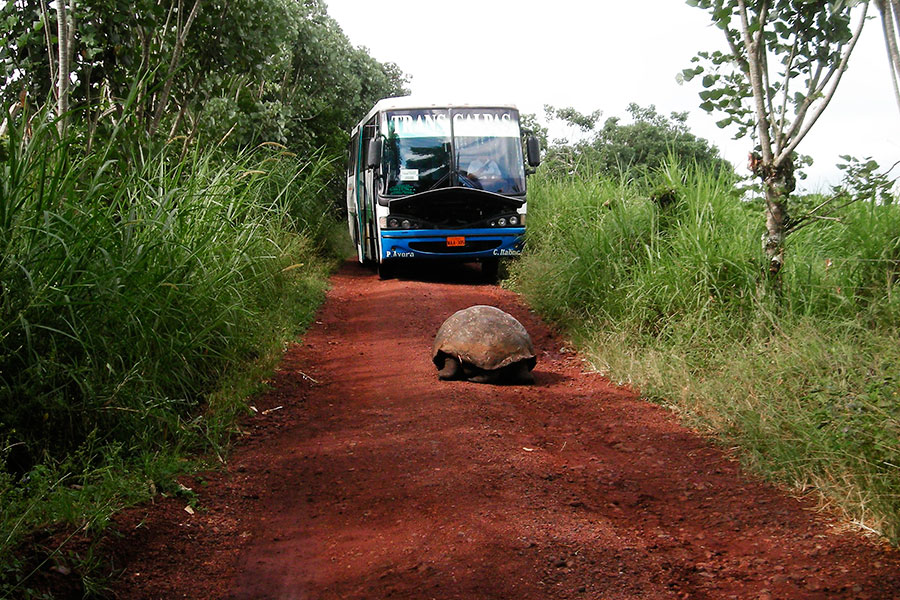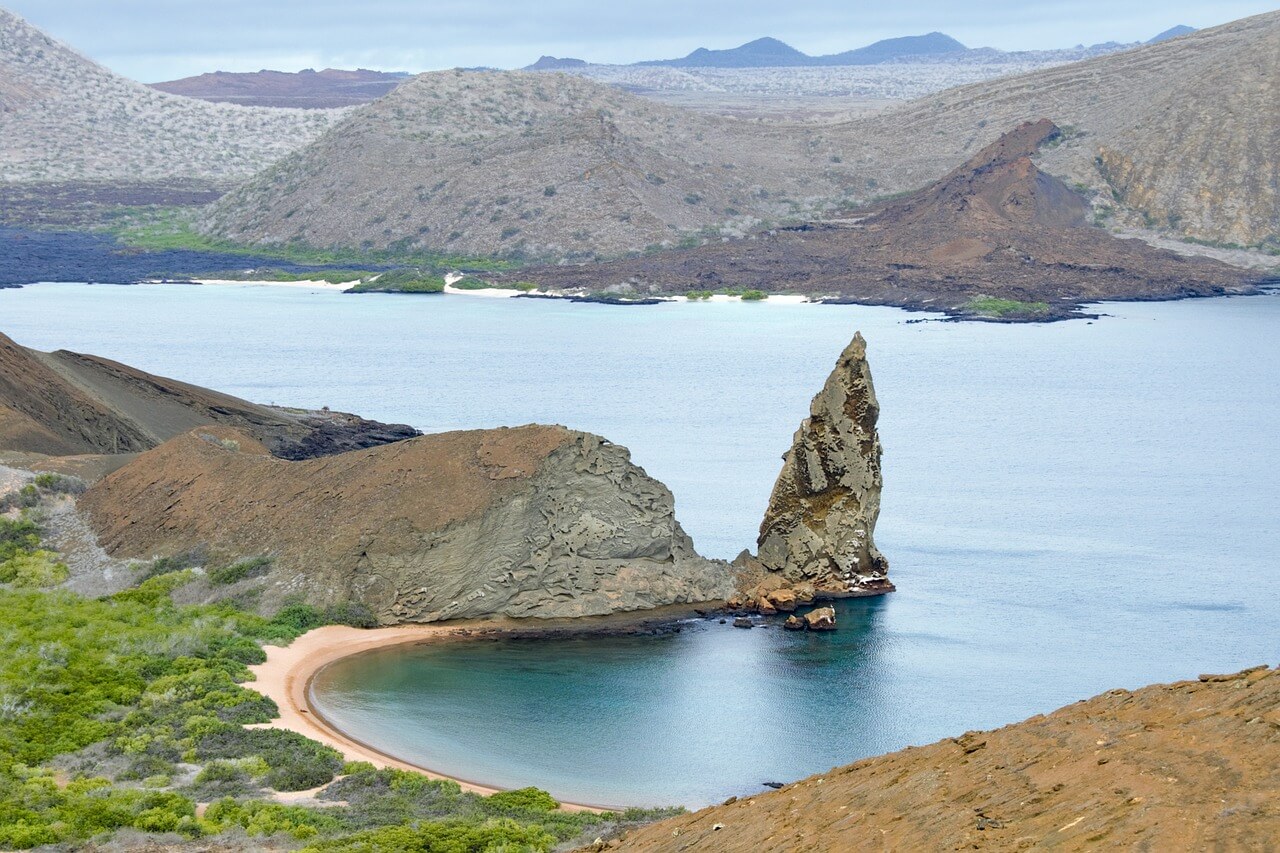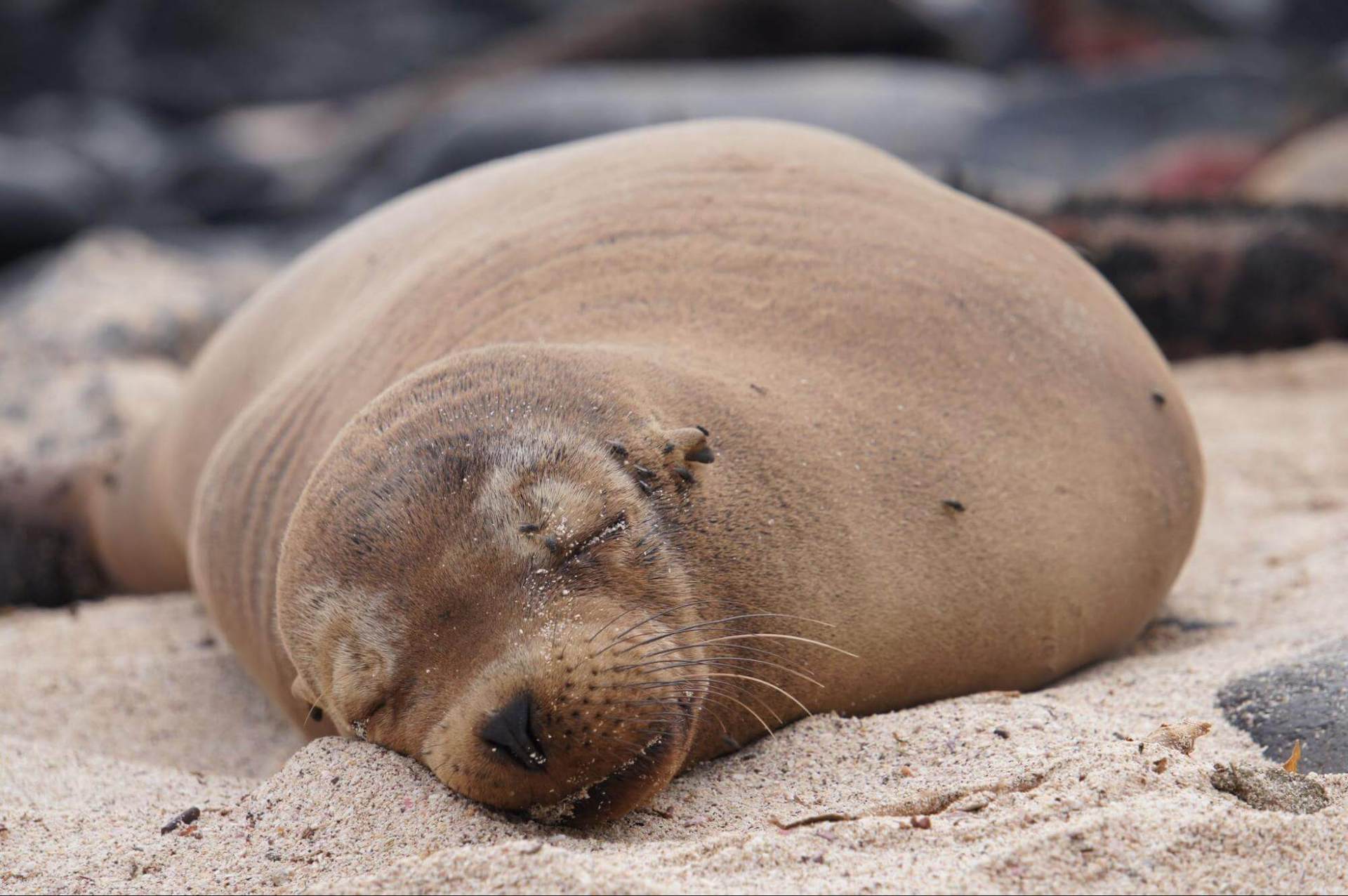Four of the Galapagos Archipelago’s thirteen major islands are inhabited by people. This means that 97% of the Galapagos Islands’ land mass is unpopulated and maintained as a national park. The remoteness of the islands and their international fame for being home to magnificent animals means that the archipelago’s 30,000 human residents are often overlooked. Still, maybe that’s the way we like it!
Life on the Galapagos Islands is unique. We love welcoming the 200,000 visitors who come to see us each year, but we’re pleased that our islands have not been affected by the kind of overcrowding found in other regions.
This blog will look at the history of human life on the Galapagos Islands and what makes it such a special place to live today.
If you’re ready to begin your dream trip to come and visit our magical homeland, please browse our selection of Galapagos Diving Holidays and daily Galapagos Land Tours.

Misconceptions About the Galapagos Islands
The fact that many visitors to the Galapagos Islands are surprised to learn that people permanently live here shouldn’t come as a surprise. Talk of the Galapagos Islands in international media is almost entirely rooted in descriptions of the islands’ wildlife and historical references to Charles Darwin’s visits here. Add to the mix the remote nature of the archipelago, and it makes sense that outsiders should wonder whether the islands are inhabited.
The Galapagos Islands are, in fact, rather unique in having a short history of human habitation. Our visitors from Europe are well used to seeing human architecture that stretches back millennia to the civilisations of Greece or Rome. But the Galapagos Islands were probably only first visited in the 16th century, and a settlement wasn’t made here until the 19th century.

A Human History of the Galapagos
Some historians have speculated that Inca peoples may have visited the Galapagos Islands in the pre-Columbian period, though there’s little evidence to support this. Analysis of the lands of the islands indicates that there was probably no human presence on the islands before the 16th century. Even if seafaring people had reached the archipelago, the lack of freshwater would have put them off establishing a settlement.
The first documented visit to the islands was that of Spaniard Fray Tomás de Berlanga, the fourth Bishop of Panama. He and his crew reached the island by accident in 1535 when their ships had been blown off course while heading to Peru.
No attempt was made to settle the islands, though they began appearing on maps by 1570, known as Insulae de Los Galopegos (Islands of the Tortoises), on account of the Giant Tortoises living there.
Until the 19th century, the main visitors to the islands were pirates hiding from naval authorities and whalers who would stop on the islands to catch tortoises as a source of protein.
It was the 19th century that would lead to international fame for the Galapagos. In 1835, Charles Darwin visited the islands on the HMS Beagle. A geologist at the time, Darwin’s main interest in the islands was their volcanic craters, but he was to make observations that would change history. Recording details of the islands’ native birds, Darwin’s observations were crucial in the development of his theory of natural selection explaining evolution, which was presented in “On the Origin of Species”.
It was also in the 19th century that the first human settlements on the islands were established.

Life on the Galapagos Today
Tourism became a major part of Galapagos life in the 1960s and today we welcome around 200,000 visitors every year. In order to protect the immense biodiversity of the Islands, there are strict controls in place regarding the number of people who can live here.
Most of the islands’ 30,000 inhabitants live in Puerto Ayora (Santa Cruz Island) and Puerto Baquerizo Moreno (San Cristobal Island). There are much smaller populations on Puerto Villamil (Isabela Island), and Puerto Velasco Ibarra (Floreana Island). The largest ethnic group on the islands comes from Ecuador.
You’ll find a wonderful island atmosphere in the Galapagos. Locals enjoy outdoor activities such as swimming, diving, and playing soccer. And there’s a fine selection of restaurants and bars serving delicious fresh food.
Local residents are also intensely protective of the islands’ natural environment. With 97% of the Galapagos constituting protected National Park territory, locals adhere to strict rules to ensure that the human population is not having a negative impact on the islands’ flora and fauna.
But the best way to explore the culture of the Galapagos is to see it for yourself! Browse our range of Galapagos Islands Tour Packages and daily Galapagos Land Tours to inspire your trip of a lifetime! Please don’t hesitate to contact us with any questions you may have.







